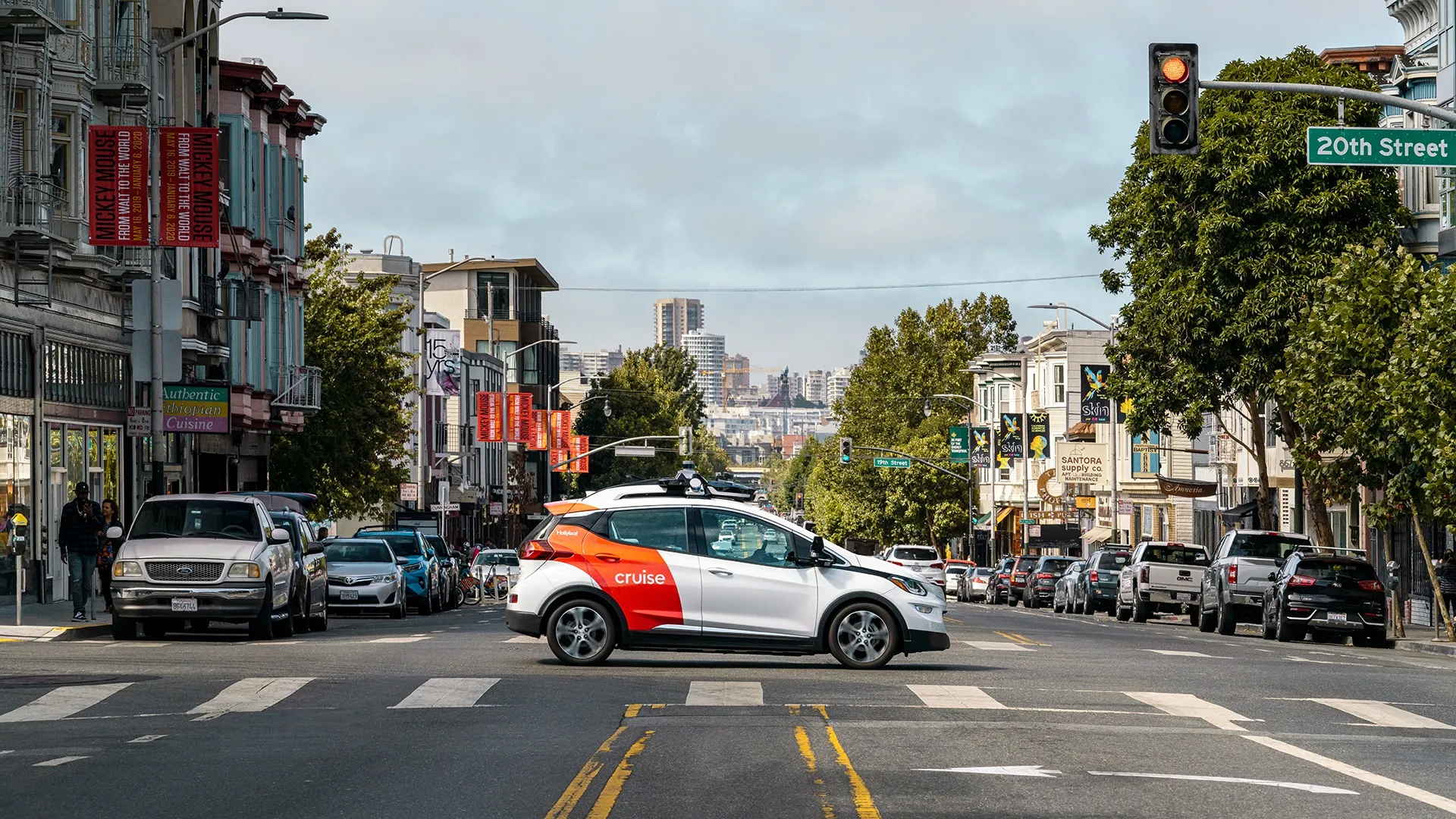A wide range of Brigade Electronics’ vehicle safety products is now certified to E-Mark (UN ECE Regulation 10, Revision 4), in line with new regulations which came into force at the end of October.
Only electrical products carrying the E-Mark can be fitted to approved vehicles in advance of registration without the vehicles then requiring further homologation testing as ‘complete’ or ‘completed’ vehicles. To comply, Brigade reviewed its product range and ensured all of its main lines are certified.
St
December 5, 2014
Read time: 1 min
A wide range of 4065 Brigade Electronics’ vehicle safety products is now certified to E-Mark (UN ECE Regulation 10, Revision 4), in line with new regulations which came into force at the end of October.
Only electrical products carrying the E-Mark can be fitted to approved vehicles in advance of registration without the vehicles then requiring further homologation testing as ‘complete’ or ‘completed’ vehicles. To comply, Brigade reviewed its product range and ensured all of its main lines are certified.
Stuart Matthews, Brigade’s engineering director, commented, “As part of our commitment to quality and customer expectations many of our products already carried the E-Mark. We took this opportunity to review our range and make sure we had the appropriate documentation for all our viable products.”
Only electrical products carrying the E-Mark can be fitted to approved vehicles in advance of registration without the vehicles then requiring further homologation testing as ‘complete’ or ‘completed’ vehicles. To comply, Brigade reviewed its product range and ensured all of its main lines are certified.
Stuart Matthews, Brigade’s engineering director, commented, “As part of our commitment to quality and customer expectations many of our products already carried the E-Mark. We took this opportunity to review our range and make sure we had the appropriate documentation for all our viable products.”










